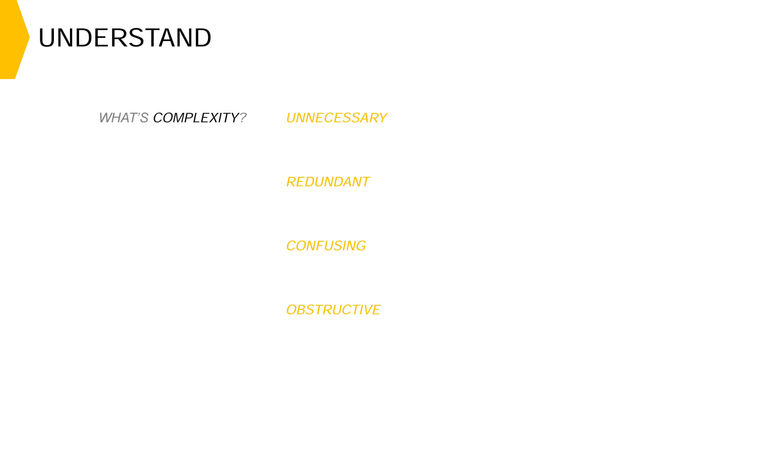
Johnson & Johnson
Researching the Motivations that Drive User Confidence in the Operating Room
2011 | Lead Designer
Hip replacements are often considered "dark magic" since they rely heavily on tactile feedback and experience. I drove a independent project to discover what underlying motivations enabled higher confidence in the operating room.
This project focused primarily on Research, Data Collection, and Data Analysis and was used to improve new surgical techniques in hip replacements.
Business Objective
Conduct research to identify the root causes for surgeon confidence when conducting surgery. Use these insights to improve current hip replacement projects.
Design Objective
Objectively measure subjective and qualitative data using comprehensive research methods and data analysis. Forge new patentable ideas.
CLEAN SLATE
At Johnson & Johnson, one of the first independent projects I drove was a clean slate review of our total hip replacement system to discover the motivations that drove confident surgeons.
Hip replacements have often been called "dark magic" because in a majority of cases, surgeons implant the prosthesis using their prior experience and personal touch. It's common to hear a surgeon say, "It feels right" during final implantation.
Teaming up with an intern, we were determined to discover what these confidence metrics were and how we could design solutions the enabled better and higher confidence among all our users, especially the less-experienced.
PHASE 1: DATA COLLECTION
After our preliminary research, we used the double diamond strategy to help us focus on our top insights.
PHASE 2: DATA ANALYSIS & FINDINGS
PHASE 3: IDEATION
Using several design strategy methods, we focused on the areas that would provide the most significant improvements and areas that the company would invest in. From the discovery phase, we quickly moved into the ideation phase where we came up with several patented ideas.
SUMMARY
The project was presented to the entire front-end development and research team and was well accepted. Many of the ideas were pursued on the latest hip replacement project and some were even taken further and submitted for patent protection. Overall, the project gave us another data point on something the industry has struggled understanding.




































































